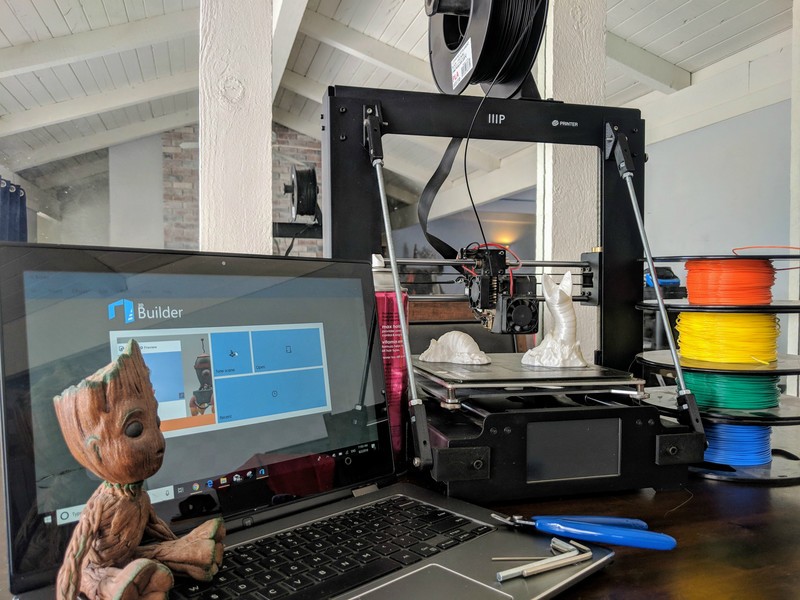4 ways to speed up your computer

Do you manage to drink coffee while your computer is booting up? These 4 simple tips will help you increase the performance of even your old PC.
In most cases, slowing down your computer has nothing to do with your hardware. Typically, software and related problems will cause your PC to lose performance, causing you inconvenience.
So what slows down your computer?
- Programs. Imagine that your PC is a car. The more passengers and extra cargo you have on board, the slower the speed is, especially when accelerating or getting up. In the digital world, all of your programs (including Office, iTunes and Adobe Reader) are additional cargo.
- Old drivers. Drivers are what drives a computer’s hardware (such as a video card). If they are outdated or missing, the speed of operation can drop significantly.
- Disk overload. Your hard drive may be full of data or scattered in memory (fragmented).
- Overheating. This problem is still a hardware problem. If your computer is full of dust or is located near heaters, it is exposed to direct sunlight, which can cause the risk of overheating and damage. To prevent this, the computer is programmed to reduce performance.
What’s to be done with that?
Don’t let the programs slow down
See what resource-intensive programs can slow down your PC and get rid of everything you need. To do this, for example, on devices running Windows 7 or 10, you can go to the Task Manager, select the AutoRun tab, and go through the list of items.
There are many programs here that start automatically when you turn on your PC. Ask yourself which of these programs should really run permanently or automatically, considering that you can easily start them at any time.
Think about whether you need to have Skype, iTunes, messengers, or additional mouse and keyboard programs that you can never use. Turn off everything but what you really need. To do this, right-click each program and select Disable.
Update old drivers
As we mentioned above, drivers affect the operation of the computer. The performance is most affected by video card and chip drivers. The graphics card displays everything you see on the screen, and the chip provides the link between memory, hard drive and processor. In most cases, chip drivers can be found on the manufacturer’s website.

Let’s consider an example with a video card. Before downloading the driver you need to find out what hardware you have. Run Device Manager. Then go to the video card by unfolding the Video Adapter element.
Once you know the model of the graphics card, you can update its driver on the company websites. In this case, using AMD Radeon, you can go to the downloads section of this company. If you are using an NVIDIA graphics card, you can get the latest drivers for it here. Holders of Intel HD and Intel Iris graphics cards can also find everything they need online.
Perform defragmentation and file cleaning
Installing, deleting, copying and moving multiple files can cause real chaos on your device. And we’re not talking about your files right now. We are talking about active clusters (data blocks) that are stored on your disk. The more fragmented your clusters are, the more time it takes your computer to find and read them. As a result, opening files and folders takes longer.
To fix this, you need to defragment the drive. Click the Start button, enter “defragmentation” in the search field, and click the first result to start a complete defragmentation of all clusters.
This is not the end of your hard disk care. Over time, programs and games will accumulate residual data (also called temporary files) that they need to work with. But often such files are not removed when such data becomes unnecessary.
They remain intact and often invisible on your disk. The only solution is to use a program like Avast Cleanup, which scans all (including invisible) areas on your hard drive for hidden logs, temporary files and other Windows and other residual data that you will never need.
Clear your computer
Can I use bleedable air from the device instead of a hairdryer? If this is the case, check whether there is enough cold air in the cooling system and whether there is dust inside. Completely clean the unit from dust by yourself or with the help of professionals.
Done!
Performing these 4 steps will speed up the computer’s operation. But the result requires constant preventive maintenance. None of these tips will give a permanent effect. The described actions should be performed regularly and at least once a month. We recommend that you clean the device from dust at least once a year.

